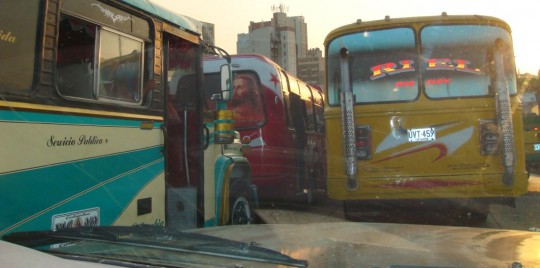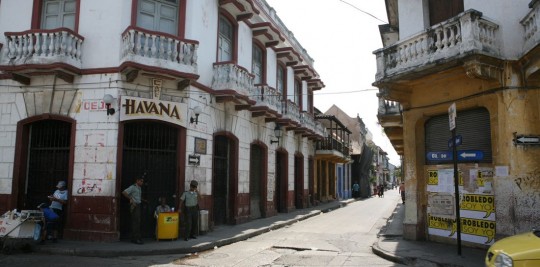
We woke up in the old city on Wednesday morning. The vehicles were not supposed to be here before Friday, which was perfect, given that there was a lot to see around. The first thing we did was to move to a cheaper hotel, located in the center of the city. We settled on the Centenario hotel (not in the guides, but recommended, US$30 a night). The place is located in the old Getsemani district, outside of the walls of El Centro.
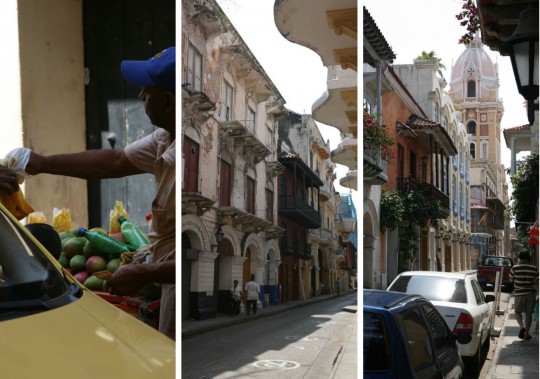
The climate was pretty hot, with 31 degrees C during daytime (88 deg. F), but a nice breeze was blowing every night, which is the best time to walk around.
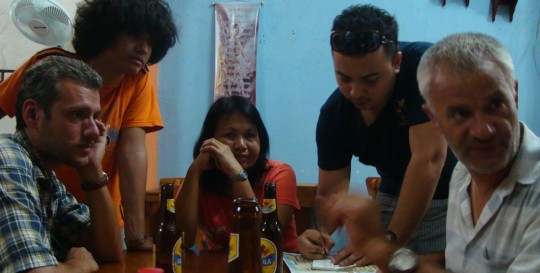
It took all day Friday and Saturday to get all the paperwork done, and as usual, the temperature was not making things easier. Finding someone who could unload the containers and then a customs officer in the port can be time consuming.
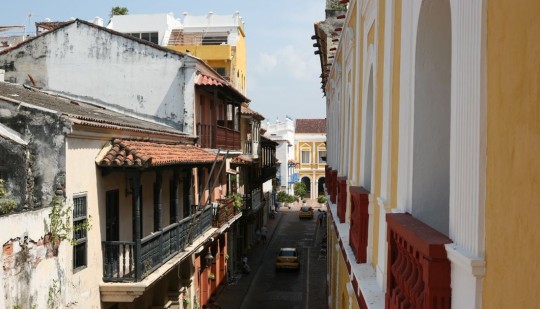
Employees of the port were nice and helpful, served us coffee, and indulged our presence during these two long days. At the end, the unloading fees amounted to app. US$ 300, which bring the shipping cost around the Darien to US$1,250.
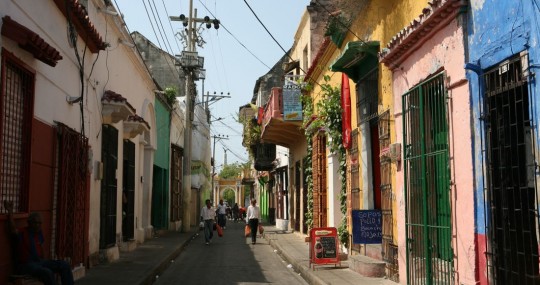
Since we had some guaranty money to get back on Monday, we stayed in Cartagena through the week end, and just walked up and down the cobbled streets of El Centro, where the upper classes lived in the past, and probably still live.
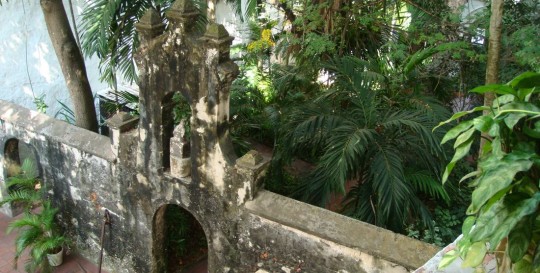
There, we visited the San Pedro Claver Covent. San Pedro, a Jesuit monk also called the ‘Apostle of the Blacks’ spent his life ministering to the slaves brought from Africa. The building was charming, and there are some interesting paintings (portraits) as well.
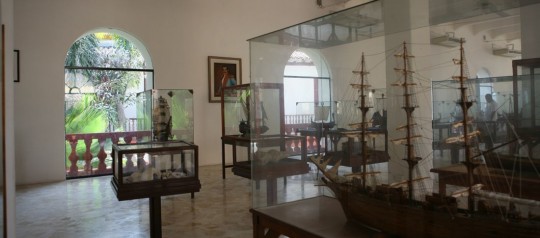
The Naval Museum also merits a visit, with captioned models of pirate attacks from the 16th century. Building equally interesting.
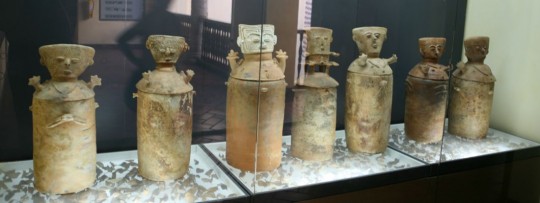 The Gold Museum is free, and you should go if you like jewelry. I was more curious about the archeological side, and liked the explanation about agricultural methods used in the country.
The Gold Museum is free, and you should go if you like jewelry. I was more curious about the archeological side, and liked the explanation about agricultural methods used in the country.
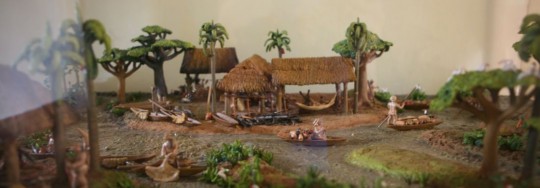
At the end of the day Saturday, when we got our trucks back, we moved to Boca Grande, another Cartagena district along the beach. There, we paid US$5 a night to camp in a parking lot, across the street from the sea.
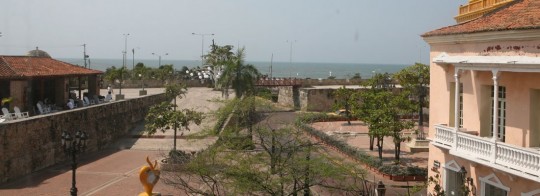
On Sunday night, I met with Frank, whom’s brother Alberto helped in the past with parts and shipping quotes.
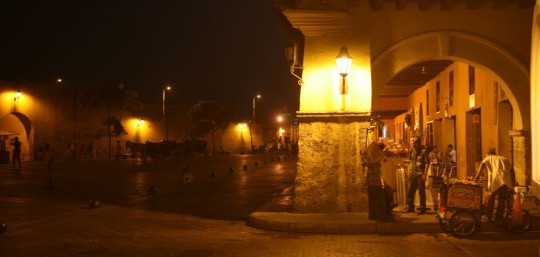
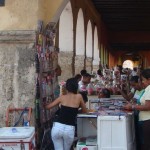
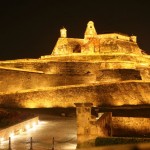
Frank spent two hours pointing out roads I should take to reach Bogota. Good guidance helps in Colombia, for safety and also to save money, as toll roads are everywhere, and those are not cheap. Gas is also a bit more expensive than in the U.S., at US$ 3.10 a gallon. In Panama, gas prices were similar to the U.S.
Eventually, on Monday we resumed our travel, and took the Southeast road to Bogota. Colombia is a big country compared to all the small ones we crossed in Central America, and we are probably here for more than a week. It should take us 3 days to get to the capital in the mountains.
